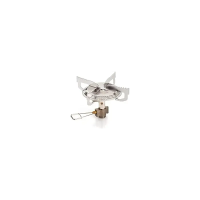2 Installation Guidelines
Topics Covered in this Chapter
▪ Guidelines for Transporting a Portable Dryer
▪ Guidelines for Placing a Portable Dryer
▪ Recommendations for a Quiet Portable Dryer Foundation
Guidelines for Transporting a Portable Dryer
To transport the dryer safely, follow the recommended guidelines and adhere to all state or provincial
towing regulations.
• Refer to Appendix A for the dryer transportation dimensions.
• Ensure that the hitch height is between 14 and 17 in. (35.6 and 43.2 cm), see Figure 2-1, page 19).
• The hitch bolt must be at least 0.75 in. (1.9 cm) in diameter and securely fastened with a locking nut,
(see Figure 2-2, page 20).
• Use washers to minimize the vertical hitch movement
• Always use a safety chain.
• Dryer must be towed empty and in accordance with applicable state or provincial regulations.
NOTE: NEVER tow dryer with grain or any other material inside of it. Never tow after top modules
have been stacked.
• Recommended tire pressure is 55-60 PSI (3.8 bar) cold.
• Ensure the wheel lug nuts are torqued at 115 to 120 ft-lb (160 Nm).
• Maximum towing speed is 45 mph (70 km/h) or the speed limit, whichever is lower.
• After the first 50 miles (80 km) and every 200 miles (300 km) thereafter, examine the dryer wheel
hub and the spindle temperature immediately after stopping
NOTE: Temperature must not exceed 150° F (65° C) or lubricant will melt.
Figure 2-1 14 and 17 in. (35.6 and 43.2 cm) towing hitch height and safety chain
PNEG–2088 Quiet Portable Dryer
19

